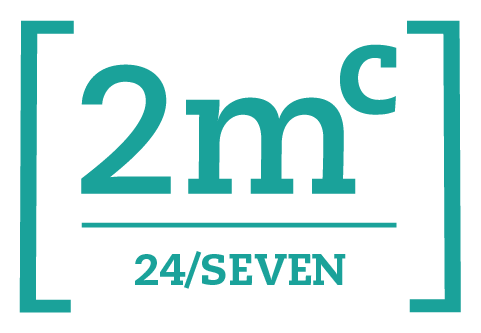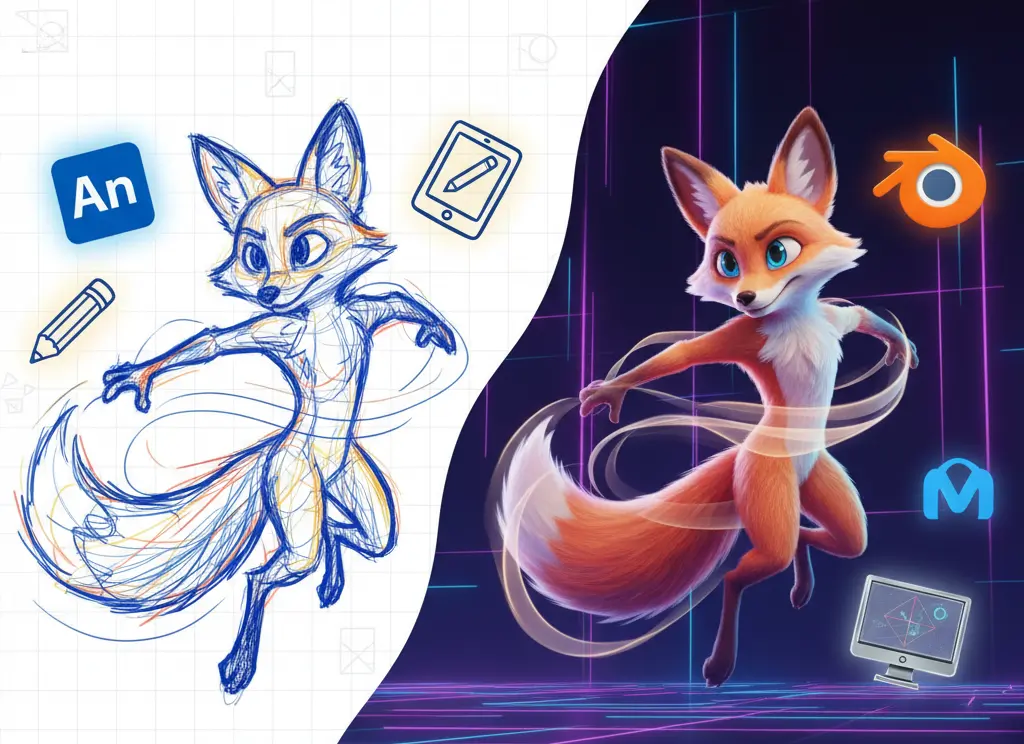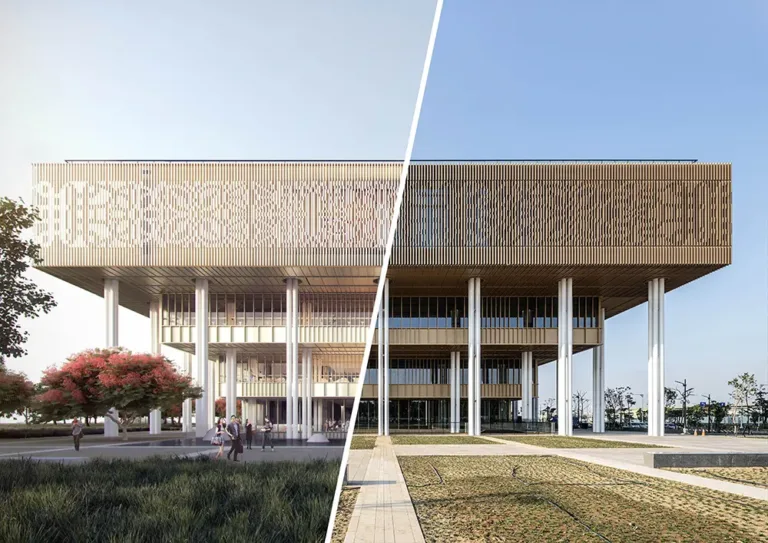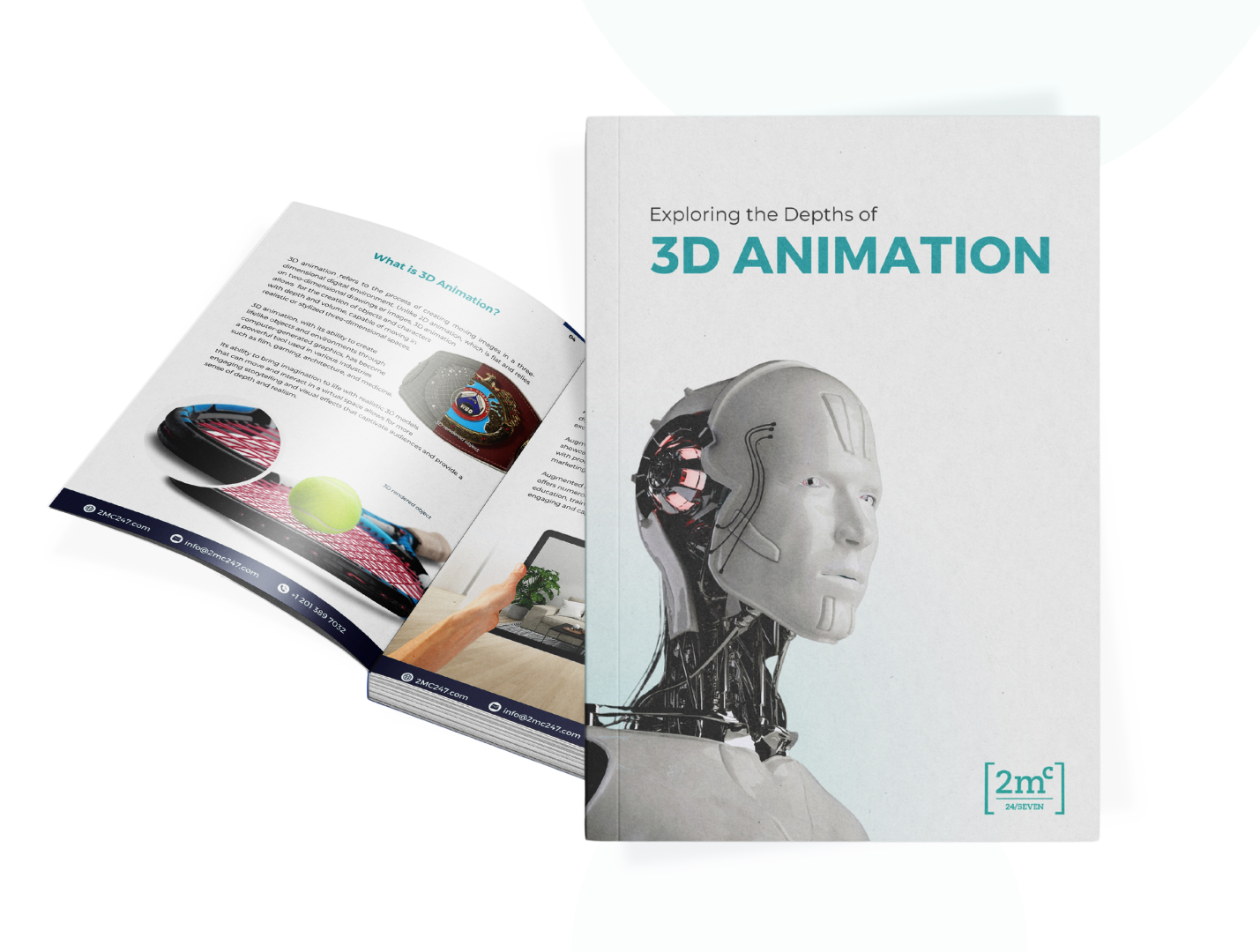2MC 24/7 brings you an in-depth look at the fast-growing world of 2D and 3D animation services, a space that has transformed industries from entertainment to marketing. Whether you’re an aspiring animator, a business owner exploring animation for brand growth, or simply curious about the difference between 2D and 3D animation, this guide covers it all.
Animation is no longer a niche art, it’s a multibillion-dollar global industry. According to market research, the global animation market size surpassed $400 billion in 2024 and is expected to keep rising. From Netflix shows and Pixar films to mobile games and business ads, 2D and 3D animation services are in higher demand than ever.
But here’s the real question: What’s in demand right now, and which animation style is right for you?
Why 2D and 3D Animation Services Matter Today
Animation isn’t just about entertainment anymore. Companies across industries use it for:
- Marketing & Advertising – Animated explainer videos and ads engage customers better.
- Gaming – Both 2D and 3D power mobile and console games.
- Education & Training – Animated courses make learning interactive.
- Architecture & Engineering – 3D models bring blueprints to life.
- Healthcare – Medical animations explain complex concepts simply.
With 52% of marketers confirming that animation delivers the best ROI in video marketing, it’s no wonder 2D and 3D animation services are a top investment today.
What is 2D Animation?
2D animation is the art of creating movement in a two-dimensional environment. It has been around for decades, powering some of the most beloved TV shows, films, and ads.
The 2D Animation Process:
- Storyboarding – Sketching the storyline
- Audio Production – Recording voiceovers and sound effects
- Visual Development – Designing characters and settings
- Animation Production – Frame-by-frame creation of motion
- Post-Production – Editing and polishing the final output
Modern 2D animation software like Adobe Animate, After Effects, and Toon Boom Harmony have replaced the painstaking hand-drawn methods, making production faster and more flexible.
What is 3D Animation?
3D animation involves creating characters, objects, and environments in three-dimensional space. Unlike 2D, it provides a realistic perspective that allows viewers to immerse themselves in the scene.
The 3D Animation Process:
- Storyboarding
- 3D Modeling – Building digital characters/objects
- Texturing & Rigging – Adding skin, clothing, and movement mechanics
- Animation & Rendering – Creating motion and final visuals
- Editing & Audio Integration
Popular 3D animation software includes Maya, Blender, and Cinema 4D.
2D vs 3D Animation: What’s in Demand?
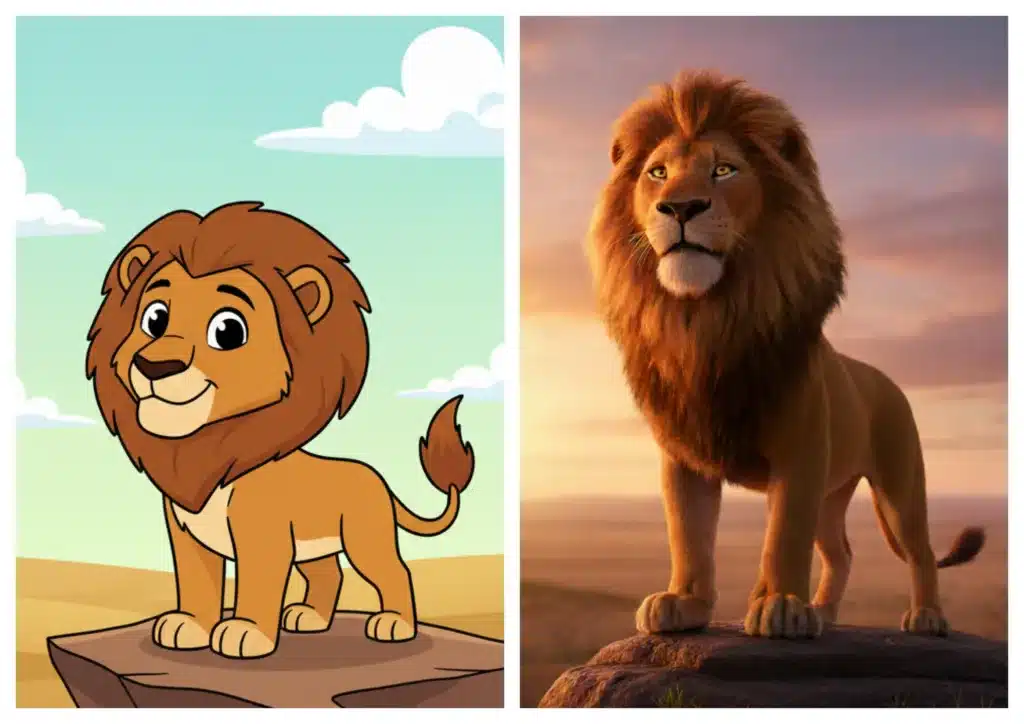
While the difference between 2D and 3D animation lies in style and tools, both remain highly relevant.
- 2D Animation dominates advertising, education, and digital marketing. It’s cost-effective, quicker to produce, and works great for storytelling.
- 3D Animation is the go-to for entertainment, gaming, and architecture. It’s immersive but requires more time, skill, and budget.
Which Should You Learn: 2D or 3D?
If you’re starting your animation career, choosing between 2D and 3D depends on your interests and strengths:
- Love sketching and character design? → Go for 2D animation services
- Enjoy technical work and realistic visuals? → Focus on 3D animation services
That said, having skills in both makes you far more versatile. Many top studios expect animators to understand both techniques, even if they specialize in one.
Industry Applications of 2D and 3D Animation Services
The demand for 2D and 3D animation services comes from a wide range of industries. Let’s break down where they’re making the biggest impact:
Marketing & Advertising
Animated videos are proven to increase engagement and conversions. 2D animations are highly effective for explainer videos, social media ads, and brand storytelling. 3D animations, on the other hand, bring a futuristic edge to product showcases, AR/VR experiences, and immersive brand campaigns.
Gaming Industry
Gaming has embraced both 2D and 3D animation services. Indie developers often use 2D for mobile games due to lower production costs, while AAA studios rely on 3D for immersive console and PC experiences.
Film & Entertainment
From classic Disney films to Pixar’s 3D blockbusters, animation rules the screen. 2D remains strong in anime and TV cartoons, while 3D dominates Hollywood movies and streaming content.
Corporate Training & Education
Businesses and schools use animations for e-learning modules, making complex concepts easy to digest. 2D animation services are perfect for simple storytelling, while 3D animation services shine in medical training or architectural walkthroughs.
Architecture & Engineering
3D modeling and animation help architects showcase designs before construction begins. Clients can “walk through” buildings virtually, which is impossible with 2D sketches
Healthcare & Medicine
Doctors and medical companies use 3D medical animations to demonstrate surgeries, drug mechanisms, and anatomy in ways that textbooks cannot.
Cost Comparison: 2D vs 3D Animation
One of the most common questions businesses ask before investing in 2D and 3D animation services is: “Which one costs more?”
The answer depends on complexity, length, and quality:
2D Animation Costs
- Generally more affordable
- Quicker turnaround times
- Ideal for startups, SMEs, and budget-conscious projects
3D Animation Costs
- Significantly more expensive
- Requires advanced software, longer production time, and skilled professionals
- Suited for high-budget marketing campaigns, films, or architecture projects
Future Trends in 2D and 3D Animation Services
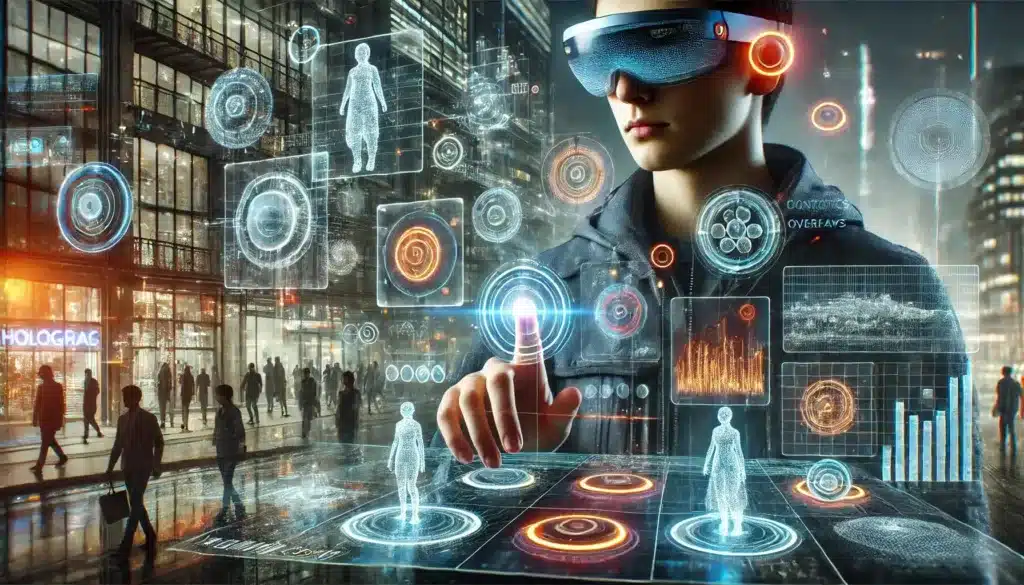
The future of animation is evolving rapidly, shaped by AI, AR/VR, and interactive media. As technology advances and consumer expectations rise, animation is becoming more immersive, interactive, and accessible across various industries. Below are the most impactful trends shaping the next generation of 2D and 3D animation services:
Rise of AI-Powered Animation
Artificial Intelligence is redefining the animation pipeline by automating time-consuming tasks such as lip-syncing, in-between frames, and even complex character expressions. These tools help animators work faster and with greater accuracy, reducing production costs and allowing more room for creativity. AI is also being used for concept generation, storyboarding, and background creation, making professional animation more accessible to small studios and businesses. As AI evolves, it will enable personalized and real-time animated content, transforming how stories are produced and experienced.
Immersive Virtual Reality (VR) & Augmented Reality (AR)
The future of 3D animation is closely tied to immersive technologies like VR and AR, which are reshaping how users interact with digital environments. In VR, realistic 3D characters and environments power games, simulations, and virtual events, creating deeply engaging experiences. AR enhances the real world by overlaying animated elements, making it ideal for marketing, education, and interactive applications. With the rise of the metaverse and real-time rendering engines such as Unity and Unreal, 3D animation is becoming a crucial element in digital engagement and virtual presence.
Hybrid Animations
Hybrid animation is bridging the gap between 2D charm and 3D realism, resulting in visually unique and emotionally compelling storytelling. Many studios are combining 2D aesthetics with 3D depth to create innovative cinematic styles, as seen in popular animated films. This blended approach allows animators to leverage the expressive quality of 2D while benefiting from the dynamic movement and realism of 3D. By mixing techniques, creators gain greater artistic flexibility and produce animations that stand out in both entertainment and marketing.
Expansion in Non-Entertainment Sectors
Animation is no longer limited to film and gaming, it is becoming a vital tool across multiple industries. In healthcare, 3D animations help explain complex procedures and medical concepts with clarity. Real estate companies use animated walkthroughs and 3D visualizations to showcase properties in a more immersive way. Automotive and fintech brands rely on animation to demonstrate features, simplify data, and captivate audiences. As more sectors recognize its power for communication, training, and engagement, demand for professional animation services continues to grow.
Final Verdict: Why Choose 2D and 3D Animation Services
The debate between 2D and 3D animation isn’t about which one is better, it’s about selecting the right tool to achieve your goals. Use 2D Animation for cost-effective marketing, storytelling, and simple explainer videos. Use 3D Animation for immersive experiences, cinematic storytelling, and realistic simulations.
Both styles are here to stay, continually evolving alongside technology. For creators, mastering both expands your versatility. For businesses, the choice depends on your message, audience, and budget.
At the end of the day, investing in professional 2D and 3D animation services ensures your story is told in the most captivating way possible.
When it comes to staying ahead in the fast-paced world of animation, 2MC 24/7 is your creative partner, bringing your vision to life with strategy, artistry, and unmatched quality.
Contact us today to start your next animation project.
